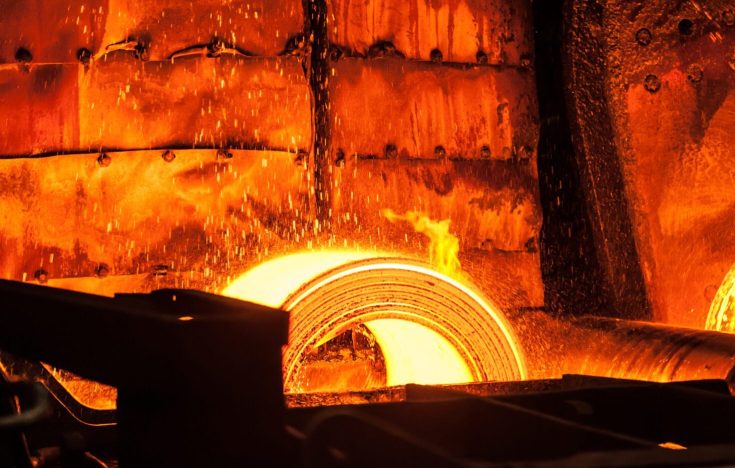With the Covid-19 pandemic temporarily grinding the economy to a halt and the subsequent re-bound of activity in late 2020, steel markets have witnessed unprecedented price volatility. Jenny Boyce, Senior Corporate Metals Sales at BNP Paribas, appeared on a webinar, hosted by London Metal Exchange (LME) and Argus, to discuss key trends in the market as well as indexation in steel markets and new developments in risk management practices amongst corporates. Watch the webinar below:
Steel rally
European steel prices have rallied over 300% since June 2020. This follows multi-year lows during the height of the pandemic as contraction in key sectors including automotives hit real demand. However, as buying resumed, steel mills struggled to bring production to meet the apparent demand. This has led to a precipitous increase in steel prices since Q4 2020 (€1206.5 on 22nd June 2021 compared to €384.50 a year earlier). As such, the spread between the flat steel (output) and the core inputs into the blast furnace to make the steel has widened from an average of €250 per tonne to around €900 per tonne currently.
Indexation
The increased volatility in prices is causing many challenges for corporate clients. It has also highlighted the need for better risk management. For example, construction companies who tendered for projects pre-pandemic are now facing extremely high steel prices they hadn’t budgeted for. On the supplier side, mills are experiencing increased pressure to offer fixed-price contracts to avoid exposure to future price fluctuations. One way of managing this is through indexation, where the price of steel is linked to an industry index. This provides a more transparent and fair price.
The London Metals Exchange recently launched a new contract for North Europe Hot Rolled Coil (NE HRC). The new contract references the Argus NE HRC index, a daily price assessment that accurately tracks the underlying physical market, providing greater transparency for HRC steel contracts in Europe.
Given the increased volatility in prices, and with the launch of the new LME contract, clients with an exposure to flat carbon steel in Europe may now have an appropriate contract to effectively manage their risk.
Supporting corporate clients
BNP Paribas’ Commodity Derivatives team works increasingly with corporates exposed to the steel market. The bank helps them to understand the nuances of the market and how indexation within their contracts can create both transparency and an ability to manage risk to reduce their volatility in earnings.

We work with clients right at the onset from discussions with their procurement teams to educating them on the nuances of the steel market
Jenny Boyce, Senior Corporate Metals Sales at BNP Paribas
“We have clients at various stages of their risk management development,” commented Boyce. “We work with them right at the onset from discussions with their procurement teams to educating them on the nuances of the steel market and supporting their risk management needs.”
BNP Paribas has long standing expertise in the base metals markets. Read about their latest award win at the Energy Risk Awards 2021.
Watch the full webinar here.
